目次
Japanese people have worshipped mountains since ancient times
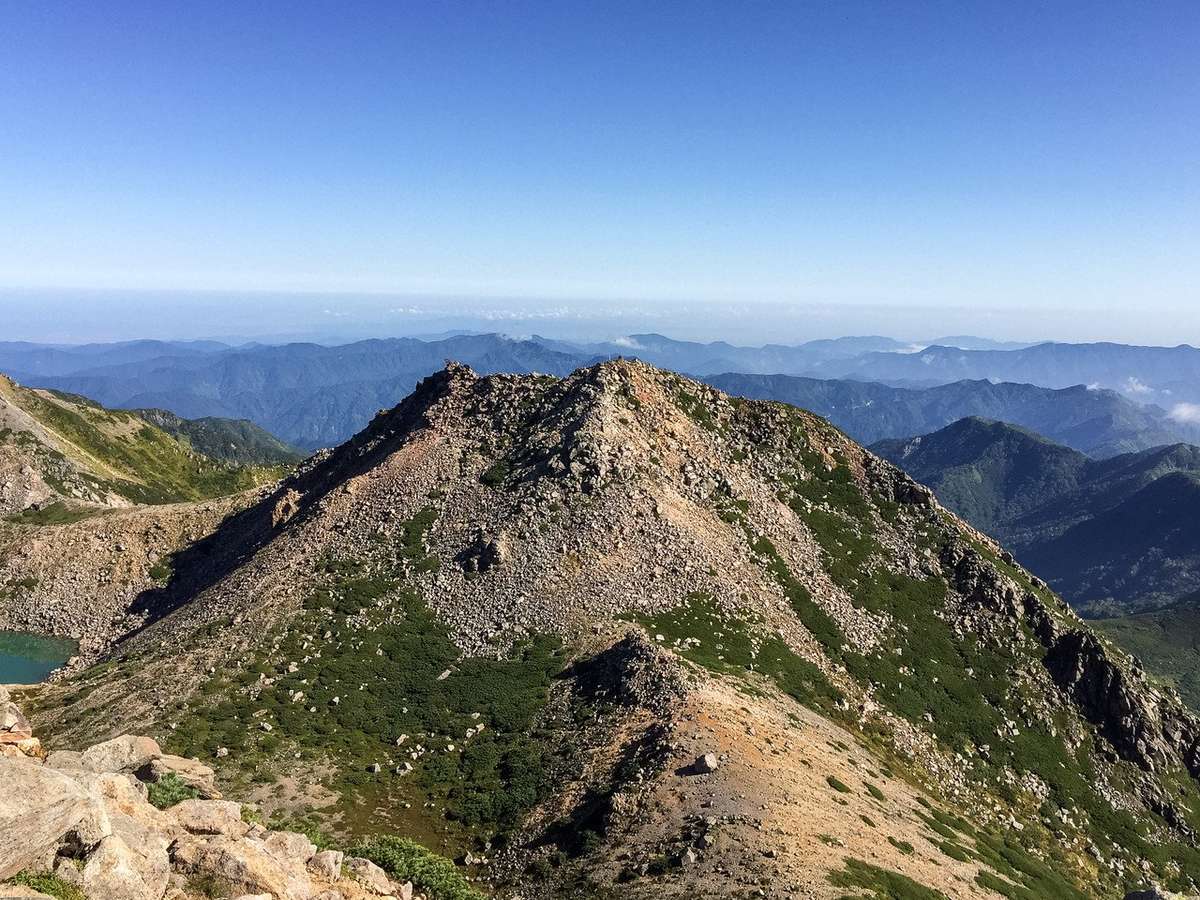
The view from the summit of Mt. HakusanIn Japan, there has long been a custom of climbing mountains to worship the gods who dwell in their shrines. The custom of climbing mountains and praying to the gods is thought to have been influenced by the ancient Israelites, who came to the Japanese archipelago from Western Asia with the belief that God lives on top of the highest mountains.
Japan’s ancient mountains became known as objects of worship even among common people, and many people in each region of the archipelago climbed the mountains to have a meeting with the gods. The mountains that were the object of ancient mountain worship came to be called “sacred peaks” or “reihou” in Japanese. Since the gods are enshrined on the mountains, sometimes the entire mountain is considered to be the sacred body of a god and is highly respected by the Japanese people.
Mountains recognized as Reizan
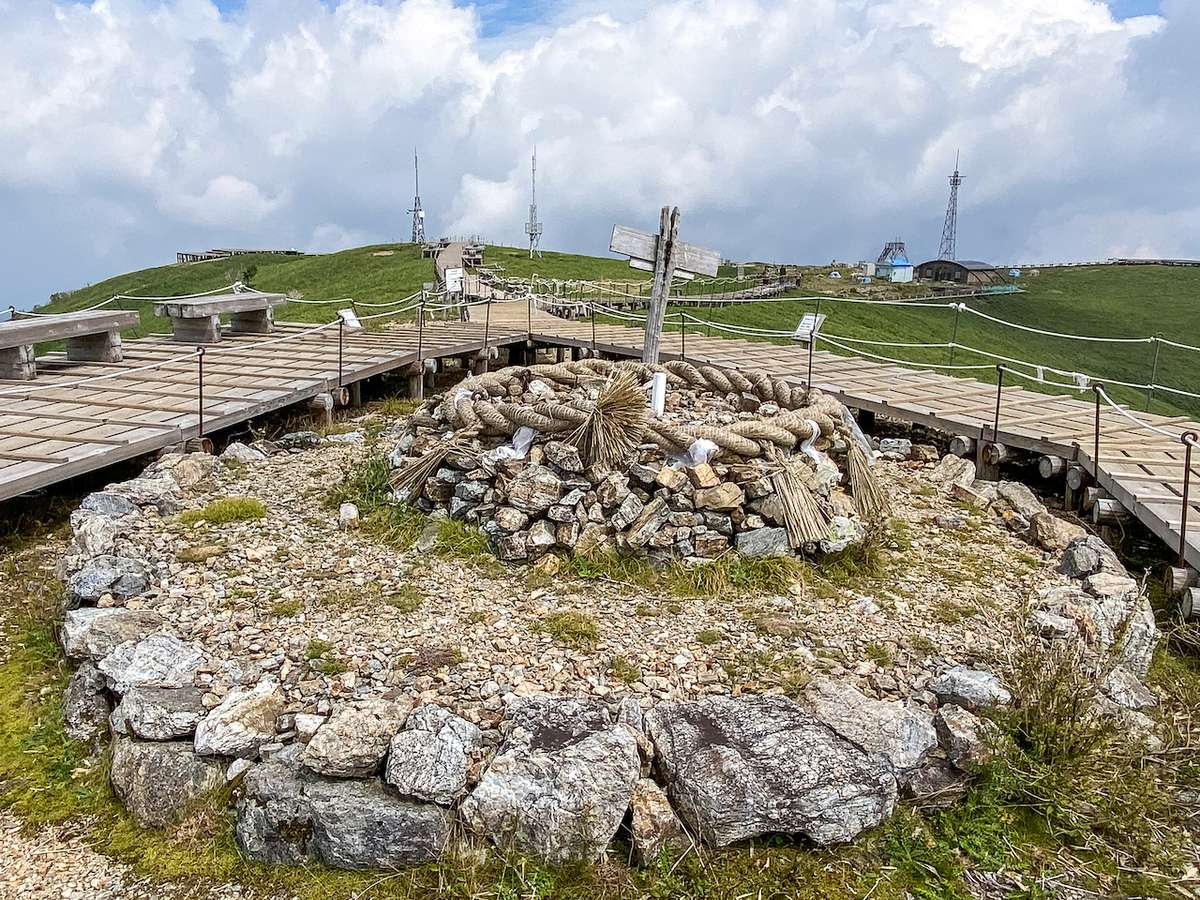
The sacred rope (shimenawa)
at the summit of Mt. TsurugiIt’s assumed that long ago there were several conditions that had to be met in order for a mountain to be recognized as a consecrated reizan. First, it appears that gods had to be worshiped at the top of the mountain. The practice of climbing mountains to worship the gods may have been influenced by the ancient Israelites who came to the Japanese archipelago from Western Asia carrying the belief that “God dwells on the highest mountains.”
The previous generations who were involved in the founding of Japan are thought to have arrived in Japan as a result of searching eastward for the “islands of the sea” and “islands of the east” that God had shown them, using ships from Western Asia under the guidance of the prophet Isaiah who had received a divine order from God. In the prophecy given to Isaiah, not only is there a message to head for the islands, but there is also a repeated reference to God’s presence on high mountains. Therefore, it is likely that the ancient visitors first searched all the high mountains in the archipelago and then tried to identify those mountains that were suitable for worshiping God. On these selected mountains, deities were enshrined and prayed to at their summits and shrines were built at the foot.
Next, one of the most important conditions for a reizan is that the mountain should be high enough to serve as a landmark on the archipelago and its peak should be able to be spotted way out from the sea. In other words, a sacred mountain peak was not meant to be located deep in a mountainous area where it was difficult to find, but rather in an easily recognizable spot. The fact that the peaks could be seen at a distance from atop of the ship allowed the location of the mountain to be meticulously calculated so one could go there without getting lost. It also meant that from at the top of the mountain, one could look out over the ocean. In other words, another condition for being a reizan was that the high mountain could be spotted from the sea.
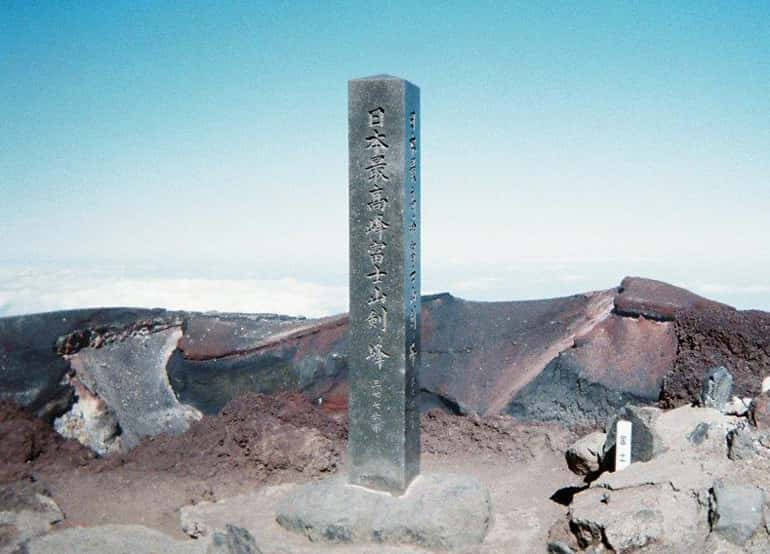
Stone monument of Mt. Fuji’s KengamineIt is also important to note that there is a rock formation at the top of the mountain. This is because the ancient Japanese people believed that “Kami wa iwa” (God is a rock) and “iwa naru kami” (Rock becomes God), and they believed that God lives in the sacred rocks of reihou. Mt. Mt. Fuji is a majestic mountain that is also an active volcano. It erupts frequently and has almost no rocky terrain, so it may be considered to have had an important position as a landmark of the highest peak in Japan rather than as a reizan back in those times. It seems to have been considered important enough that a megalith is there to worship at the summit and that the place has a purified rock formation where the deity lives.
In ancient times, people also found importance in connecting mountain peaks to other mountains and other natural landmarks such as peninsulas, capes, and lakes on an imaginary straight line called a ley line. It was most likely thought that by having multiple sacred sites and sacred peaks on the same line, they would be connected to each other through the power of the earth and they would be able to share their power with each other. An examination of the ley lines passing through Mt. Tsukuba reveals that Mt. Tsukuba is connected not only to such prominent sacred peaks as Mt. Fuji, Gassan, Mt. Hakusan, Mt. Ibuki, and Tsurugisan. In addition, the top of Mt. Tsukuba coincides with the sunset on the summer solstice when viewed from Kashima Jingu Shrine. From Murotomisaki, it overlaps with the direction of the sunrise on the summer solstice.
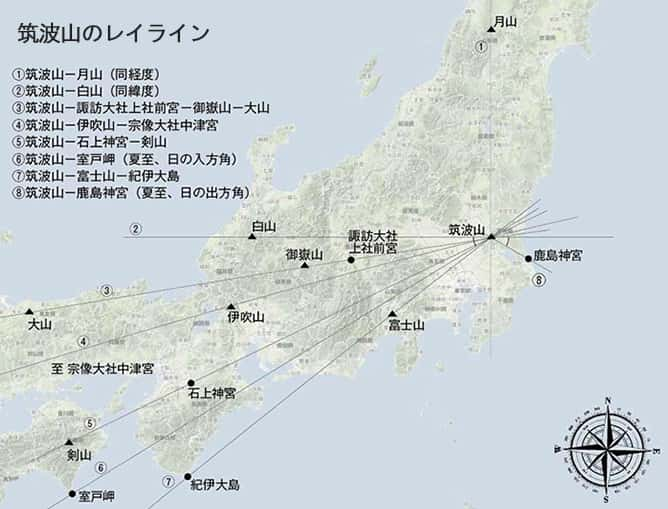
Ley lines of Mt.Tsukuba
Conditions for Becoming a Reizan
Based on the above, here’s a list of four conditions that must be met for a mountain to be called a reizan.
- The deity must be enshrined at the summit and on the mountainside.
- There must be a rock formation on the summit of the mountain.
- The ocean must be visible from the top of the mountain.
- The mountain must be connected to other sacred sites and sacred mountains in a ley line.

View from the peak of Mt. DaisenLet’s take a look back at reihou that meet these requirements. Mt. Fuji, Hakusan, and Tateyama are known as Japan’s Three Holy Mountains. Fuji, Hakusan (Mt. Fuji), and Tateyama (Mt. Tateyama). In addition to the three sacred mountains, the seven sacred mountains are Ishizuchi, Daisen, Shakagatake, and Omine (Yamagamigatake). Ishizuchisan is not only visible from the Seto Inland Sea, but is also mentioned in the Chronicles of Japan. Ooyama faces the Sea of Japan and occupies an important position as a high mountain near Izumo. Mt. Ishizuchi and Tsurugisan in Shikoku can be seen in the distance from Ooyama.
There is no fixed definition of the seven sacred mountains and sometimes Gassan is added in place of Shakagatake, or Ontake is included in place of Hakusan. However, although Shakagatake and Omine have a long history as Meccas of Shugendo, they are located so far in the center of Yoshino that it is difficult to see them from the sea. Therefore, these two mountains may not be considered reizan in ancient times. Also, as mentioned above, Mt. Fuji may be considered to be separate from these mountains.
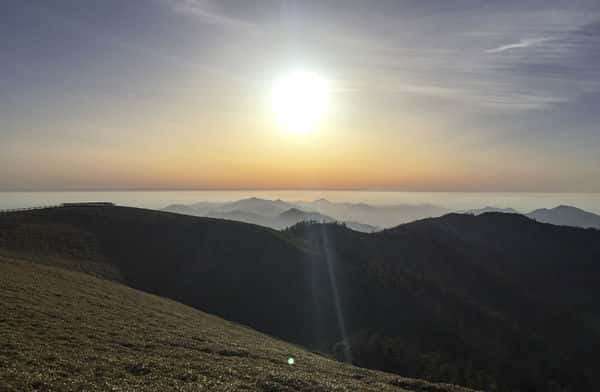
The View of the Kii Channel and
Kumano from TsurugisanThere are four important sacred mountains that should be recommended as candidates for alternatives. One is Tsurugisan in Shikoku. It is the second highest mountain in western Japan, and the highest mountain visible from Awaji Island, the birthplace of Japan. The summit can be seen from the Seto Inland Sea and the Kii Channel, and from the top of the mountain, not only can the mountains of Kumano be seen, but the Pacific Ocean can also be seen. Similarly, Ibukiyama in Shiga Prefecture and Gassan in Yamagata Prefecture also meet the requirements to be considered reizan. Not only can each of these mountains be visually seen from the sea, but their locations are connected to other sacred sites through ley lines. Also, there is a rock formation at the top of the mountain and shrines have been erected on the mountainside, where deities have been enshrined since ancient times.
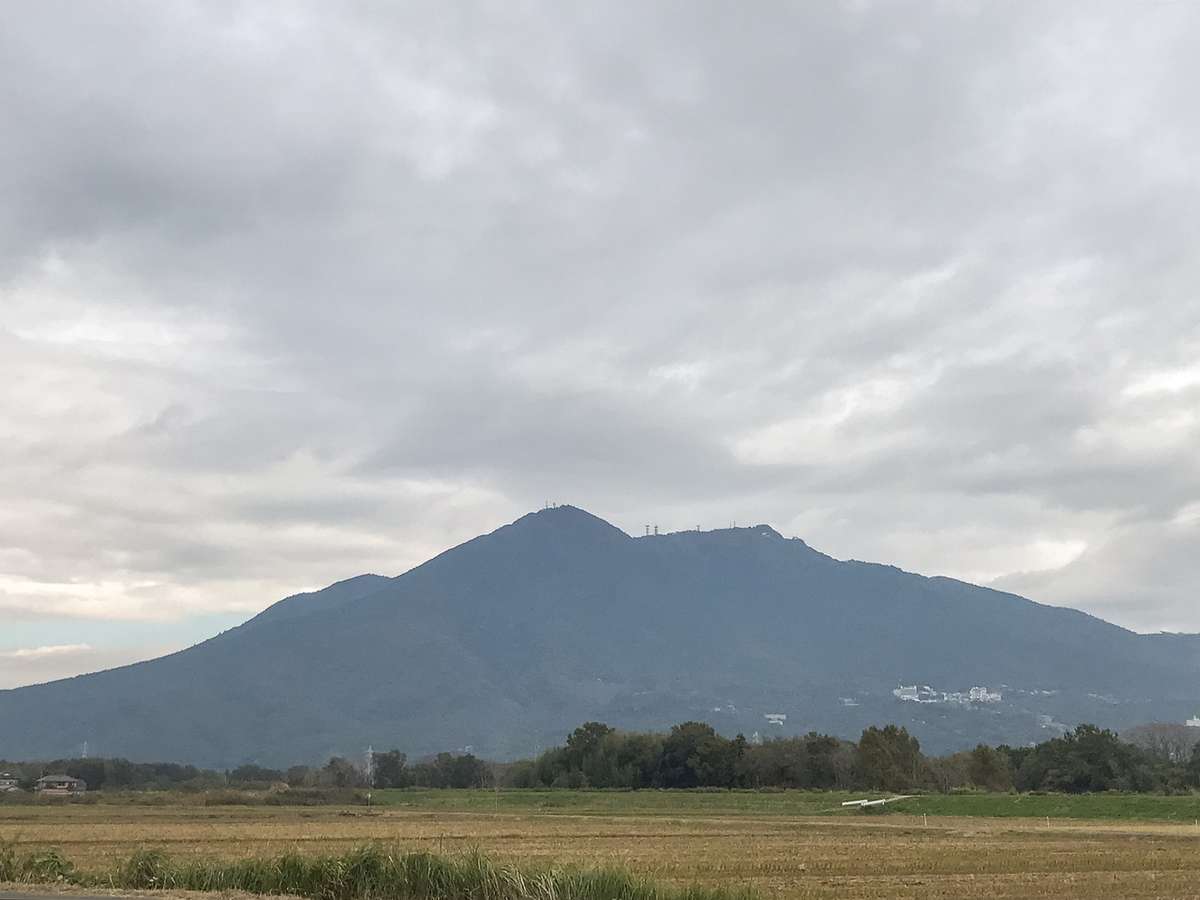
Mt. TsukubaThe last candidate for the Seven Sacred Mountains is Mt. Tsukuba. The reason why Mt. Tsukuba has not been included in the list of Japan’s Seven Sacred Mountains is likely because it is the lowest mountain among the 100 most famous mountains in Japan, and because it is completely visible from the Kanto Plain, which may have been thought to make it less mysterious. In reality, however, it meets all the requirements of a sacred mountain. Mt. Tsukuba has two summits, called Nantaisan and Nyotaisan, both of which have rock formations on their summits. The reason why Mt. Tsukuba stands out as a reizan is because its deities are Izanagi-no-Mikoto and Izanami-no-Mikoto, and the history of the shrine is connected to the legend of the nation’s birth. The mountain’s name is mentioned in the Chronicles of Japan and in Fudoki, and the view from the top is magnificent with views of Mount Fuji, Mount Ontake and the Pacific Ocean. Mt. Tsukuba is the pride of Japan as a great sacred mountain.
The Seven Sacred Mountains of Japan!
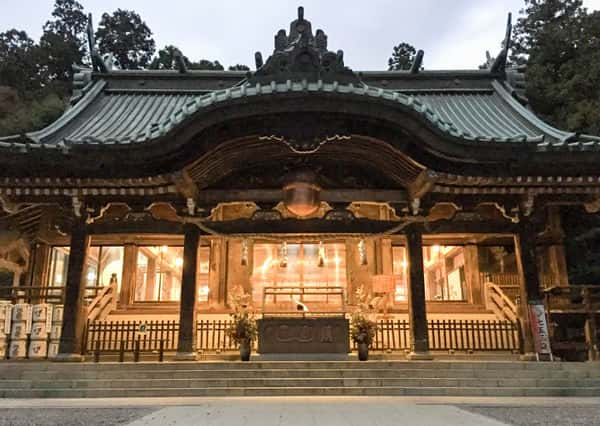
Beautiful Main Hall of the Mt. Tsukuba ShrineHaving climbed all of these sacred mountains on my own, I can say that the most suitable mountains for the Seven Sacred Mountains of Japan are as follows: Ishizuchi, Tsurugisan, Ooyama, Tateyama, Hakusan, Iwaki, and Tsukuba. Mt. Tsukuba, whose name is mentioned in many historical books, including Manyoshu, is the most notable of the reizan. Today, members of the royal family visit the Mt. Tsukuba Shrine to admire the beauty of the mountain rising in the midst of nature.
